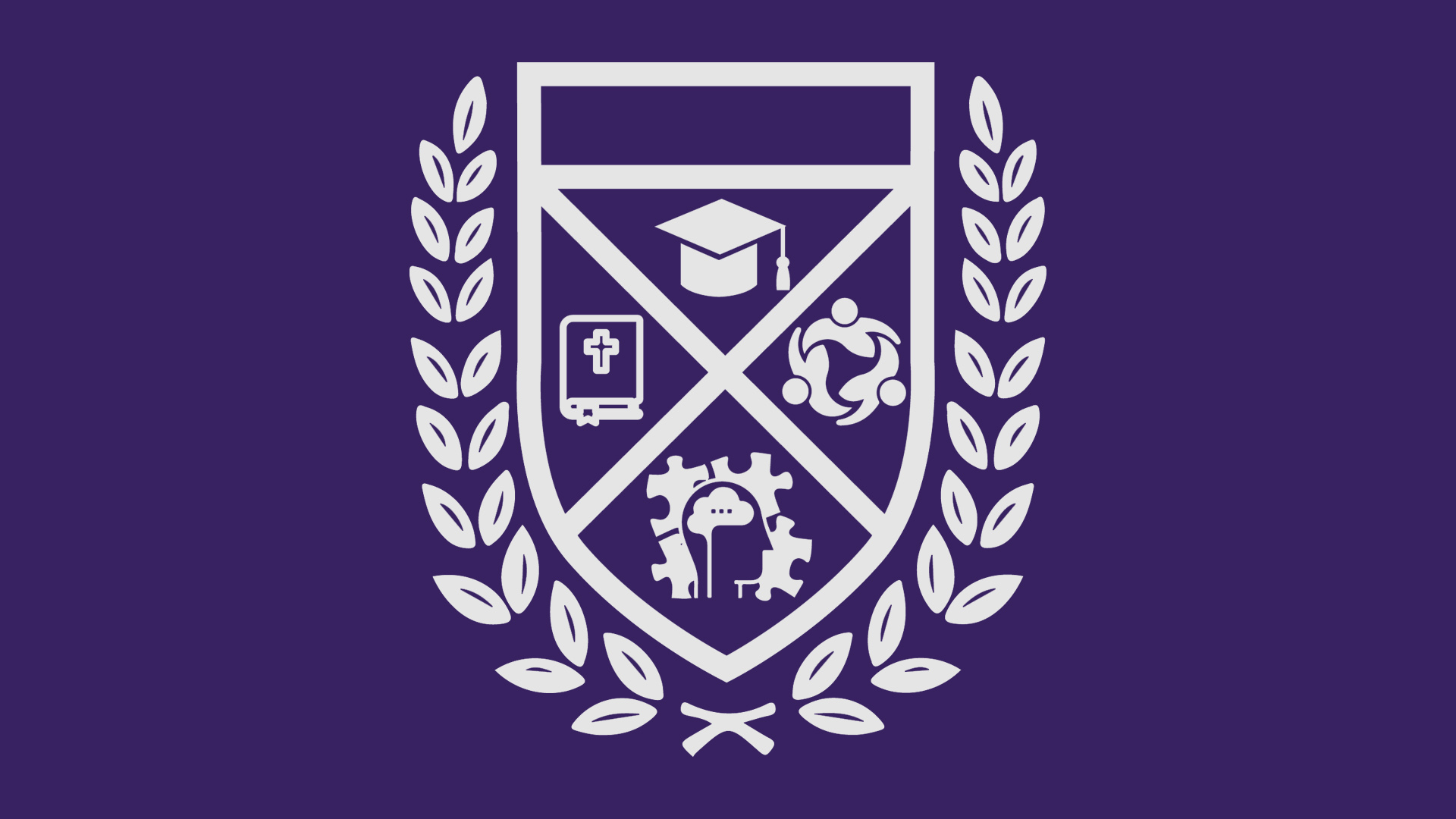Purpose

Purpose of STEAM Education
STEM/STEAM education at RWG STEM/STEAM Academy is designed to equip students with the knowledge and skills necessary to thrive in the rapidly evolving fields of science, technology, engineering, and mathematics. Our approach to STEM/STEAM is not just about mastering Page 16 of 20 content; it’s about fostering innovation, critical thinking, and problem-solving abilities in real- world contexts. As educators, our goal is to inspire students to become lifelong learners and ethical leaders in STEM/STEAM fields, grounded in Christian values.
Key Components of STEM/STEAM Education at RWG
1. Interdisciplinary Learning:
Integration Across Subjects
Project-Based Learning (PBL)
Educators are encouraged to use project-based learning as a core teaching strategy. PBL engages students in hands-on projects where they apply STEM/STEAM concepts to real-world challenges, fostering teamwork, creativity, and practical problem-solving skills.
2. Inquiry and Innovation:
Project-Based Learning (PBL)
Educators are encouraged to use project-bCritical Thinking and Problem-Solving: STEM/STEAM education focuses on developing students’ ability to think critically and solve problems creatively. Educators should design activities that challenge students to ask questions, conduct research, and develop innovative solutions.sed learning as a core teaching strategy. PBL engages students in hands-on projects where they apply STEM/STEAM concepts to real-world challenges, fostering teamwork, creativity, and practical problem-solving skills.
Design Thinking
Incorporate design thinking into the curriculum to guide
students through the process of ideation, prototyping, testing, and refining their
ideas. This approach encourages iterative learning and resilience in the face of
failure.
3. Technology Integration:
Use of Modern Tools
learning. This includes integrating tools like coding software, robotics, 3D
printers, and digital platforms into lessons, allowing students to gain hands-on
experience with the technologies shaping our world.
Digital Literacy
Ensure that students develop strong digital literacy skills, understanding both how to use technology effectively and the ethical implications of its use. This includes teaching students about online safety, data privacy, and the responsible use of digital resources.
